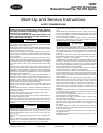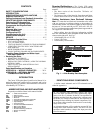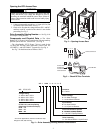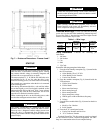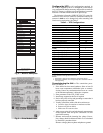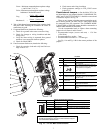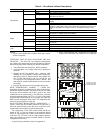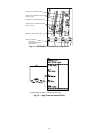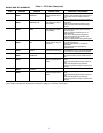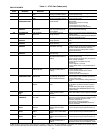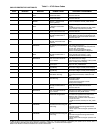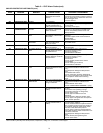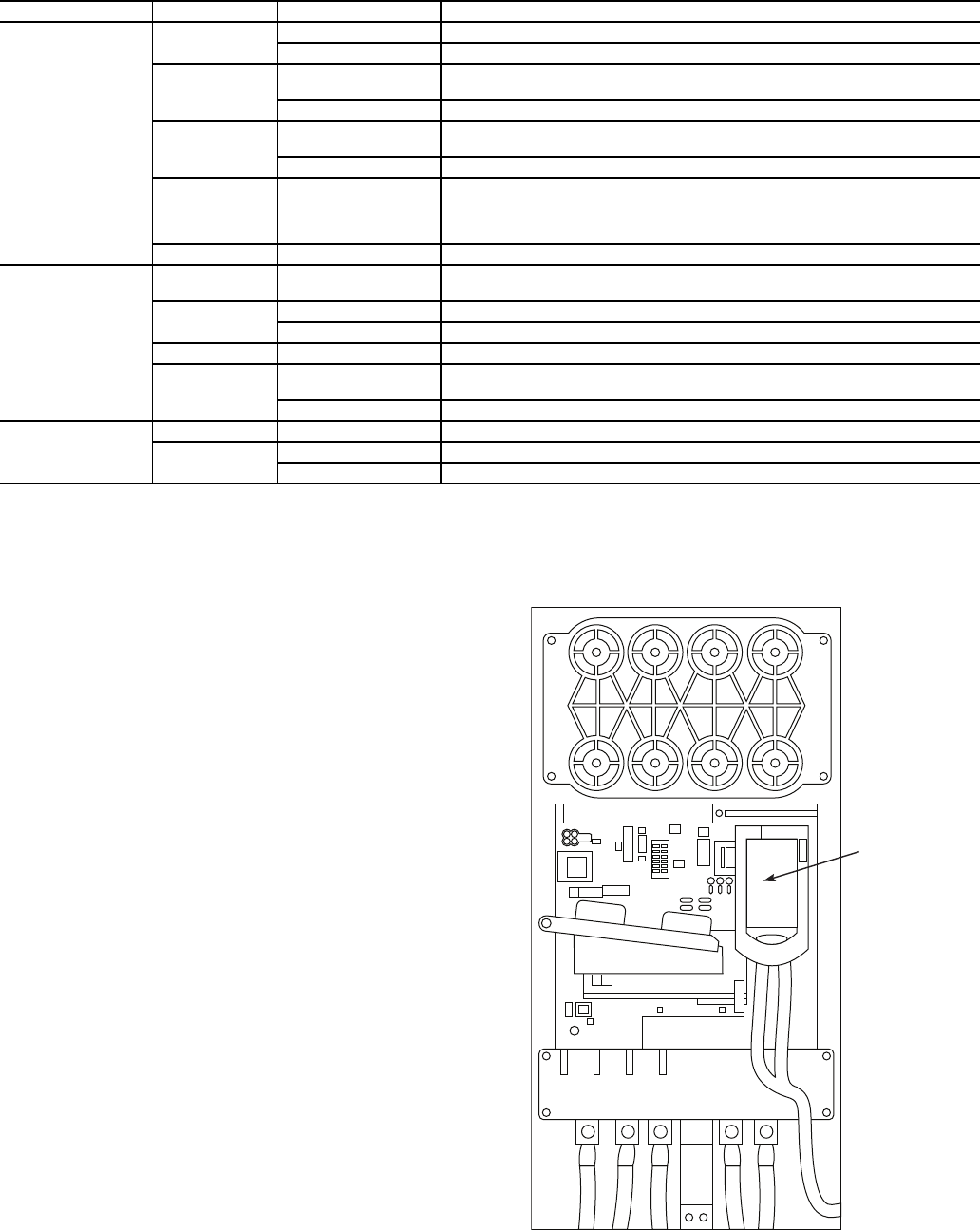
9
Table 3
— Drive Status Indicator Descriptions
NOTES:
1. A Type 1 alarm indicates that a condition exists. Type 1 alarms
are user configurable.
2. A Type 2 alarm indicates that a configuration error exists and
the drive cannot be started. Type 2 alarms are not configurable.
VERIFYING THAT DC BUS CAPACITORS ARE DIS-
CHARGED — The drive’s DC bus capacitors retain hazard-
ous voltages after input power has been disconnected. Perform
the following steps before touching any internal components:
1. Turn off and lock out input power. Wait five minutes.
2. Verify that there is no voltage at the drive’s input power
terminals.
3. Measure the DC bus potential with a voltmeter while
standing on a non-conductive surface and wearing insu-
lated gloves (1000 V). Measure the DC bus potential. See
Fig. 5 for the 248-amp drive and Fig. 6 for the 361 and
477-amp drives. The voltage between DC+ and DC-, and
from each DC terminal to the chassis must be zero before
proceeding.
4. Once the drive has been serviced, reapply input power.
HIGH TEMPERATURE ALARMS — Coolant flow
through the cold plate is controlled by an orifice in the refriger-
ant line leaving the cold plate. The orifice looks like one of the
O-ring face seal connectors and in fact is used as one of the
connections on the coolant tubing. The difference is that the
passage through the fitting is 0.375 in. (9.5 mm). If the orifice
is present and condenser liquid flow is present, the liquid will
flash to cooler temperature at the orifice. This temperature dif-
ference is great enough to be easily felt.
MAIN CONTROL BOARD (MCB) COMPONENTS —
Figure 13 shows the drive module with the cover removed. To
access the control boards, loosen the screw on the face of the
keypad mount and swing the keypad mount upward.
The components on the main control board (MCB) are
shown in Fig. 14. Note the location of the terminals labeled
MCB I/O. The high pressure switch is wired to these terminals
as shown in Fig. 15. In the event of a high condenser pressure
alarm, the connections at these terminals should be checked
and tightened if necessary.
A typical wiring schematic is shown in Appendix A.
NAME COLOR STATE DESCRIPTION
STS (Status)
Green Flashing Drive ready but not running, and no faults are present.
Steady Drive running, no faults are present.
Yellow Flashing Drive is not running. A type 2 (non-configurable) alarm condition exists and the
drive cannot be started.
Steady Drive is not running, a type 1 alarm condition exists. The drive can be started.
Red Flashing A major fault has occurred. Drive cannot be started until fault condition is
cleared.
Steady A non-resettable fault has occurred.
Red/Yellow Flashing Alternately A minor fault has occurred. When running, the drive continues to run. System is
brought to a stop under system control. Fault must be cleared to continue. Use
parameter 950 [Minor Flt Config] to enable. If not enabled, acts like a major
fault.
Green/Red Flashing Alternately Drive is flash updating.
ENET
None (Unlit) Off Adapter and/or network is not powered, adapter is not properly connected to
the network, or adapter needs an IP address.
Red Flashing An EtherNet/IP connection has timed out.
Steady Adapter failed the duplicate IP address detection test.
Red/Green Flashing Alternately Adapter is performing a self-test.
Green Flashing Adapter is properly connected but is not communicating with any devices on
the network.
Steady Adapter is properly connected and communicating on the network.
LINK
None (Unlit) Off Adapter is not powered or is not transmitting on the network.
Green Flashing Adapter is properly connected and transmitting data packets on the network.
Steady Adapter is properly connected but is not transmitting on the network.
SWING UP KEY PAD
MOUNT TO ACCESS
CONTROL BOARDS
Fig. 13 — Drive Module with Cover Removed
a19-1843



